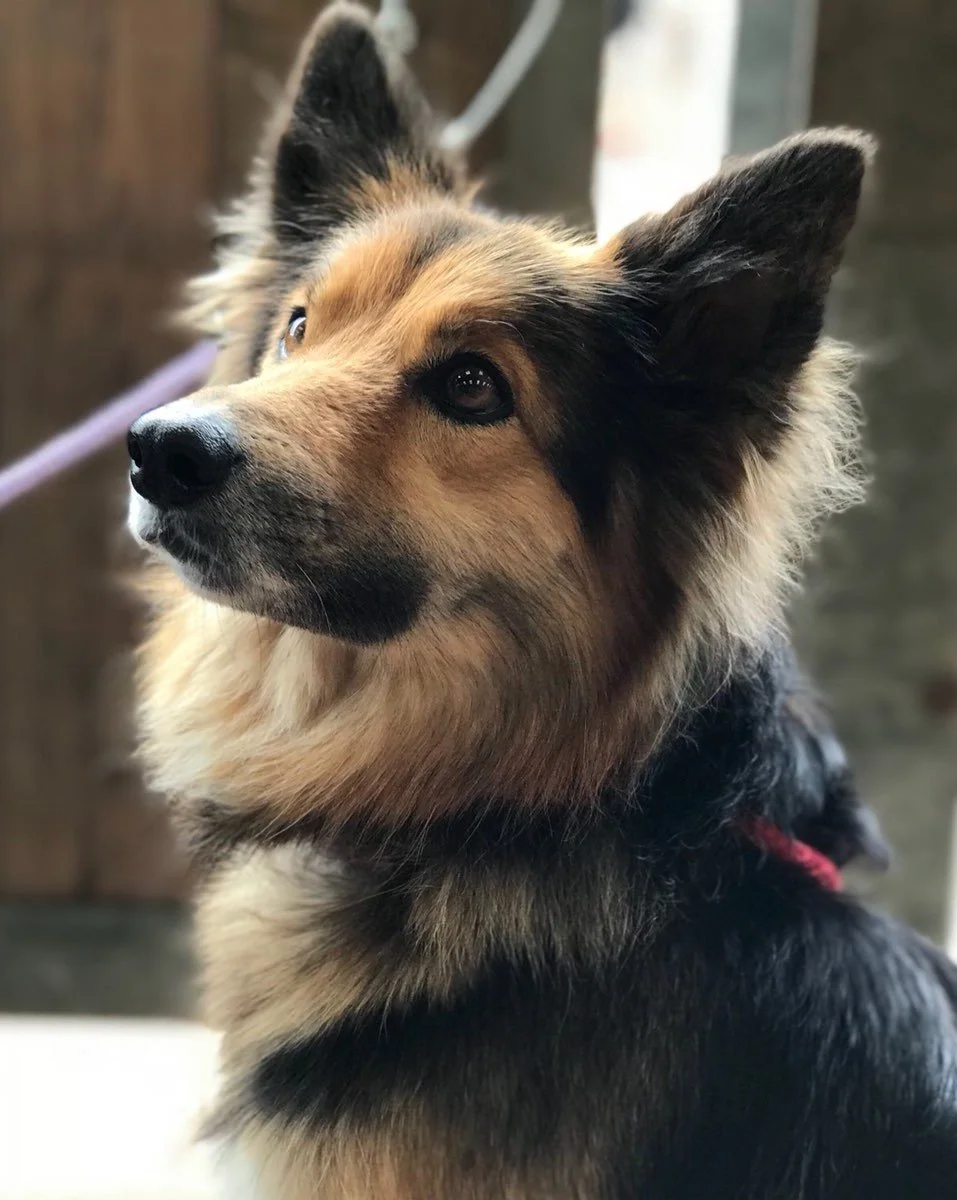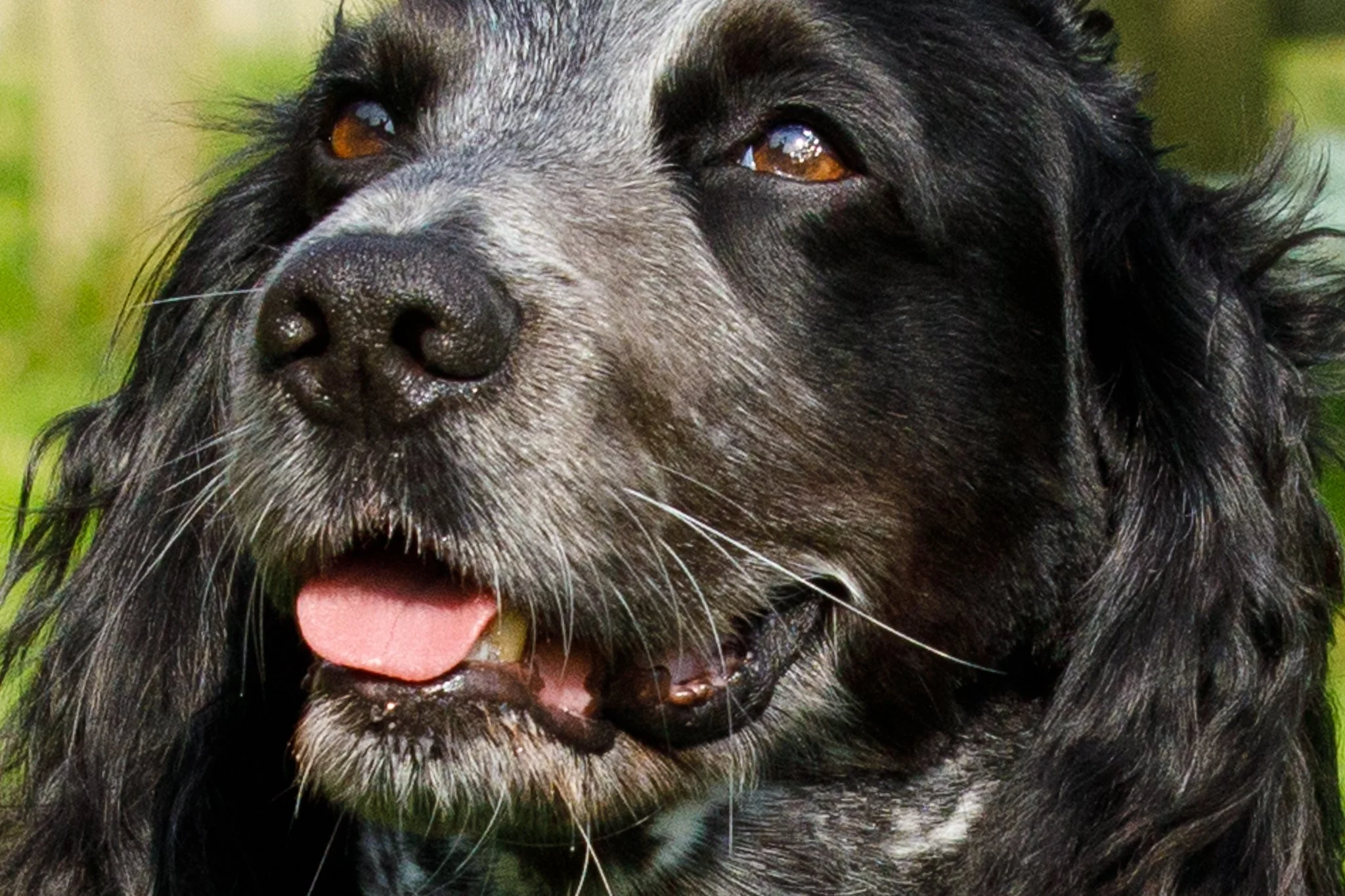Pet Portraits - Reference Photo Tips
Good photo reference is key to a successful charcoal drawing.
Since charcoal is a black and white medium, it relies heavily on a photos wide range of tonal values, from very bright to very dark areas in order to create a sense of depth and three-dimensionality.
My most successful drawings come from high quality, well lit images with a good balance of light and dark that really helps to define the subjects features.
The Three Elements For The Ideal Reference Photo
Lighting
Outdoors in natural lighting is best.
Or near a large window if indoors.
Look for catchlights in the eyes. This always helps in bringing the portrait to life.
Side lighting that wraps around the subject really helps to define their features.
Composition
Eye level is best. Photos taken looking downwards don’t generally give the same sense of connection.
Fill the frame with their head and body. Using a telephoto lens and stepping back a few paces will avoid distortion of their features. The same effect can be achieved by stepping back and zooming-in digitally on a smartphone or cropping the photo afterwards.
Focus on the eyes. They are the most important part of any portrait.
A three quarter pose generally works well. But play about with poses, looking up, down, left, right and straight ahead to see which one really suits how you see them.
Holding a toy or calling their name as you take the photo is a great way to bring out their character.
Use a soft uncluttered background like a field, garden or plain wall to make sure all the focus is on your pet and they can be seen clearly.
Quality
Use the highest quality camera or phone you have to help capture those fine details.
Send the original photo file if you can.
Screenshots and images that pixelate a lot when zoomed in or have heavy filters applied generally aren’t suitable, but please let me know if it’s all you have.




